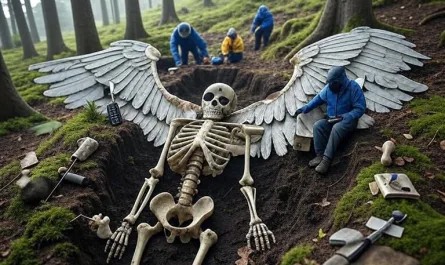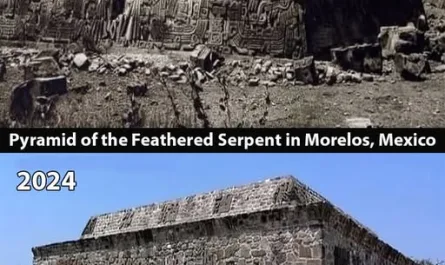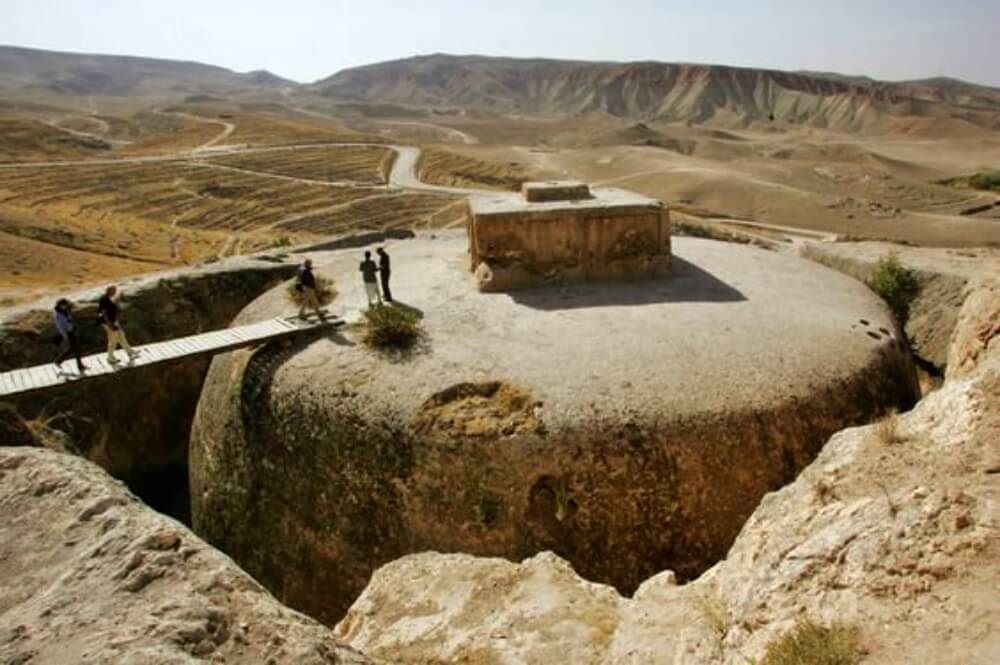The Street of the Knights in Rhodes Island, approximately 200 years apart. On the historical street between the Palace of the Grand Masters and the port, there are inns belonging to the Hospitalier Sect.
In this section I will be discussing The Street Of The Knights In Rhodes which is located inside The Medieval City.

As I mentioned on a previous post on this site called The Knights Castle In Rhodes, this street is a main street that adjacently joins the Church Of The Knights area as you pass through Argyrokastro Square.
This is best gotten to by using the Liberty Gate entrance – one of The Eleven Gates into the old city.
Out of all the areas you will see inside the old city, The Street Of The Knights in Rhodes old town is one of the places that has retained its originality right back from the Collachium times.
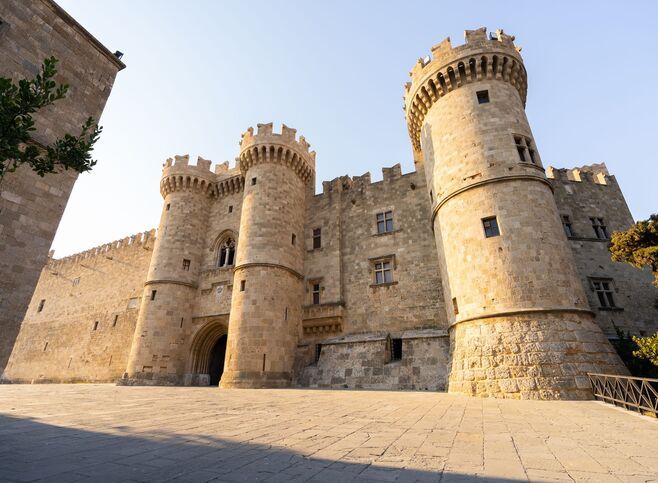
It has actually been documented that it is one of the most (if not the most) preserved medieval streets in all of Europe.
The Ottoman Empire and The Italian Rule
As has already been mentioned on this site (and other resources you will come across), the Ottoman Rule was not a good time for the island of Rhodes.
Throughout this rule, authorities actively used the structures on this important street as a garrison.
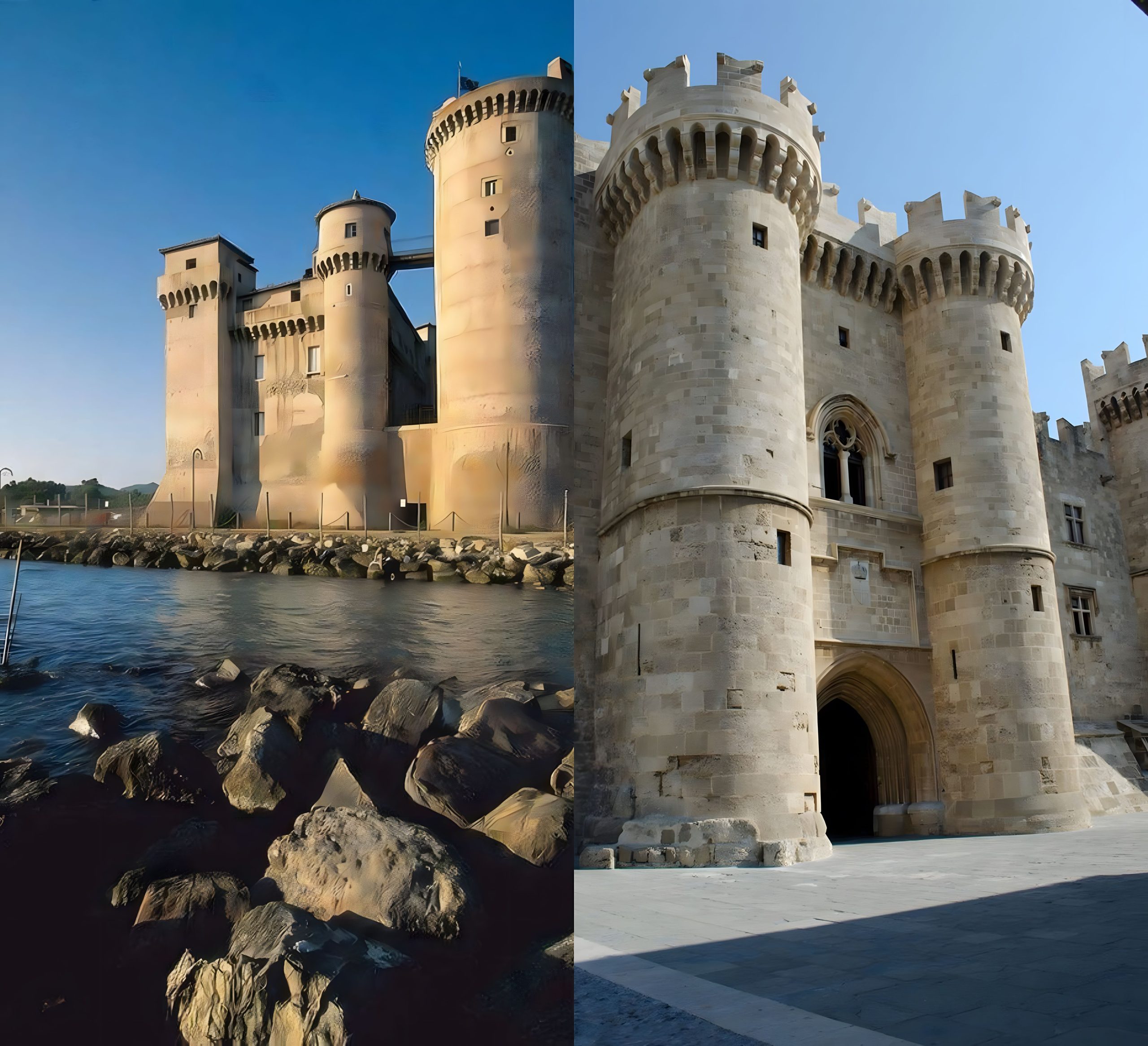
Considering that these same buildings once housed the esteemed Knights of Saint John, it’s regrettable that they underwent such a transformation.
As I also mentioned on the Rhodes Architecture page, the Italians were responsible for a lot of restoration work when it came to the old structures on the island, and the Street Of The Knights in Rhodes old town is no different.
Following the end of the Ottoman Empire’s reign, Italian forces actively restored the street to its former glory, reversing its use as barracks.
The Beautiful Street Of The Knights In Rhodes
The Street of the Knights in Rhodes – The Street Itself
I hope from the photographs I have provided for you here (all my own work of
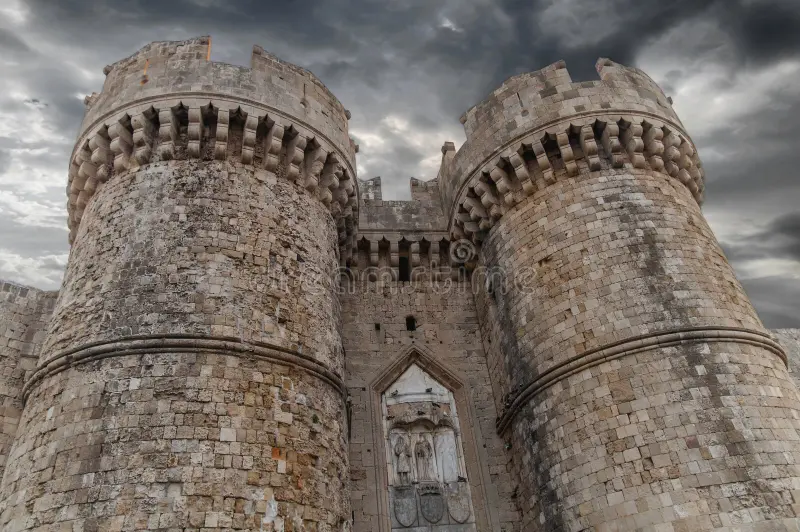
course) give you an idea of the feeling the street offers.
Of course photographs never do anything justice, and to see it for yourself is an amazing experience.
The street runs from the bottom next to The Archaeological Museum (The Old Hospital) 200 meters or so on an incline, and it is around 5 to 6 meters wide.
The road stretches up into the distance where it reveals the amazing Grand Masters Palace!
On the left and right of the street are small hostel structures (or inns) which housed the different members of the Knights (or Langues) centuries ago.
You can find more information on the Langues in The Knights Of Saint John section.
Although on the photos here the street looks quite steep to walk up, it is not too bad.
So for those of you that feel a little daunted at an uphill struggle, do not worry
Top Picks Along The Street of the Knights in Rhodes
As you walk up the hill on this beautiful street there are some things of interest that can easily be missed. So I want to just highlight them here.

On the left side as you pass the north face of the old hospital, you will see the Italian Langue Inn.
So in effect this is the first point of interest on the left side as you start your uphill walk.
Next to this you will see the French Coat Of Arms for Philippe Villiers de L’isle Adam.
This important man was a predominant member of the Order Of The Knights Of Saint John’s during the siege of the Ottoman Empire in 1522.
He was elected as the 44th Grand Master of The Knights Order.
Continue The Walk Up The Street Of The Knights
Moving further up and on the left side you will pass the original entrance to the hospital and straight after this, there is a beautiful garden which boasts and ancient Turkish fountain.
Looking into this garden offers you complete escape with the smells and the colors which are present.
Something definitely not to miss.
Facing this garden stands the Langue of France Inn, often celebrated as one of the most lavish structures of The Knights Order.
It is charmingly spruced and again it is something not to walk past as you progress up the street.
Next door to this beautiful Inn is the Chapel of the French Langue. Outside on the wall you will see a lovely sculpture of The Virgin Mary with child.
I took a photograph of this for you to see here on the right side.
Also, on this Chapel is a Coat Of Arms which honors Raymond Beranger who was the Grand Master at the time of building (1365 to 1374).
This information reveals that the Chapel is actually one of the most ancient buildings on the whole street.
The Street of the Knights in Rhodes – Under The Archway
As you pass under the archway there are two more Inns.
The one on the left is the Inn of the Langue Of Spain and the one on the right is the Inn of the Langue of Provence.
As you move past these, The Street of The Knights culminates, revealing the magnificent Grand Masters Palace and the Church of Saint John.
This church was the official church of the Knights and was used for the burials of the Grand Masters.
The Italians Once More Played a Significant Role
As sad as it is to lose old ancient buildings, we have to accept that things happen over time.
Be it war, an act of God or other events, things do change and structures suffer as a consequence.
In 1856, lightning struck the Church Of Saint John.
Tragically, long forgotten and abandoned gunpowder lay in the cellars.
A lightning strike ignited the gunpowder, resulting in a massive explosion that completely devastated the church.
With this came also the destruction of The Grand Masters Palace.
As luck would have it, old designs and sketches endured, and with this they were used by the Italian Forces.
They completely rebuilt the church in a new location in 1925.
This is now what is called the Evangelismos Church and it is located on the Mandraki Harbor in Rhodes Town.
Nowadays this church is a Greek Orthodox church but it was actually built by Florestano Di Fausto and Rodolfo Petracco as a Catholic church during the Italian Rule.
They also rebuilt The Palace Of The Grand Masters as close as possible to the original and it was completed in 1940.

